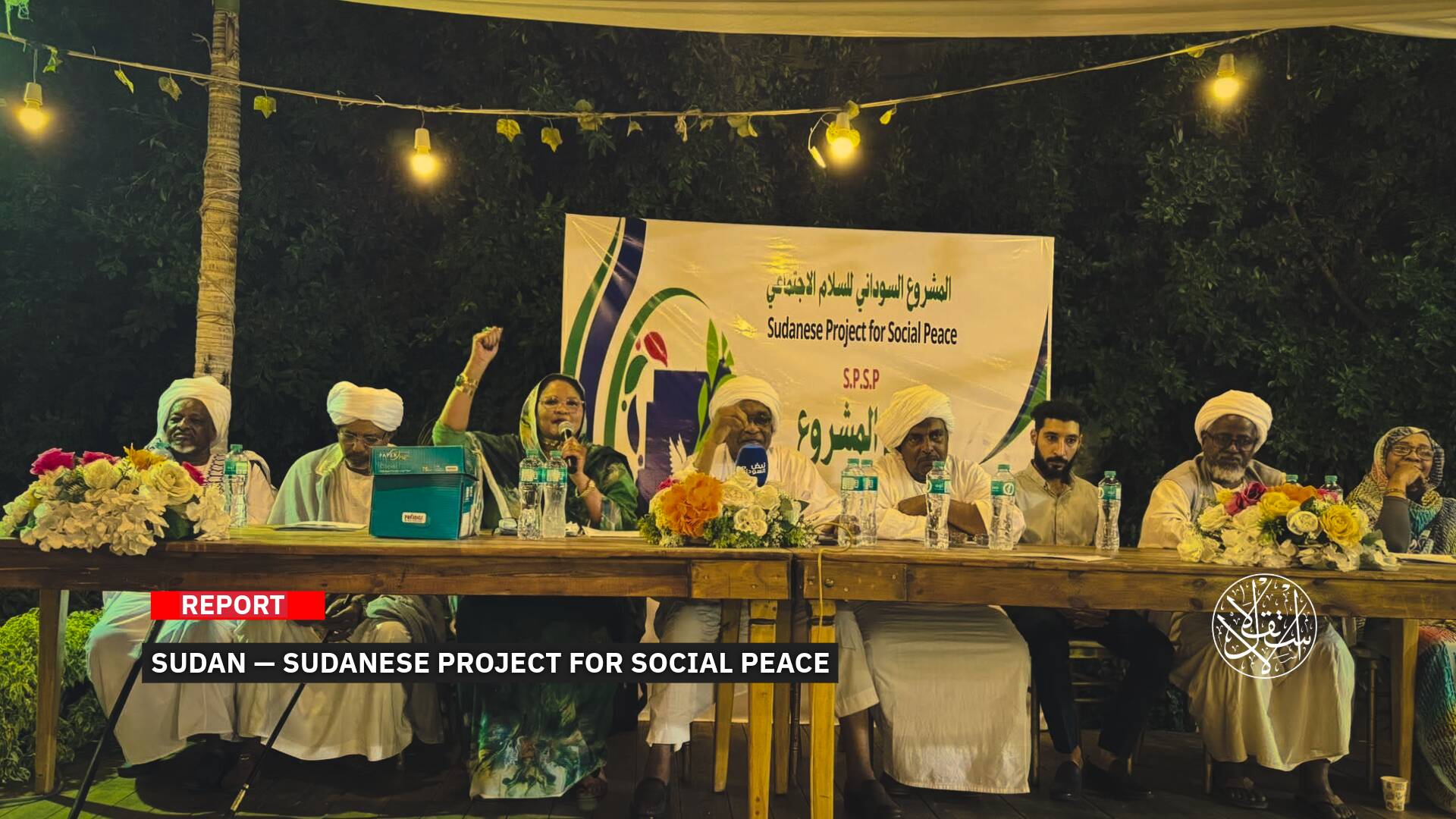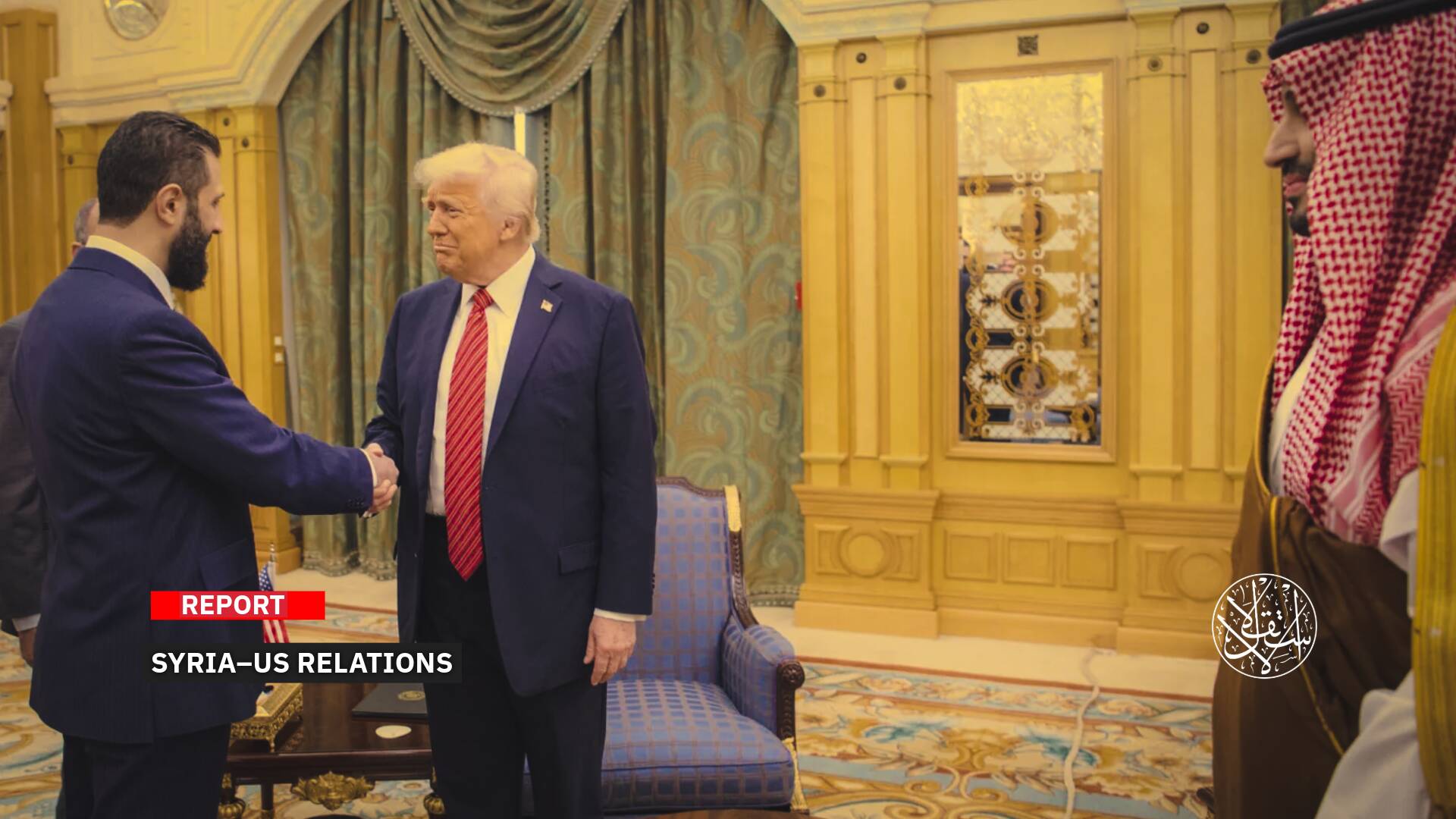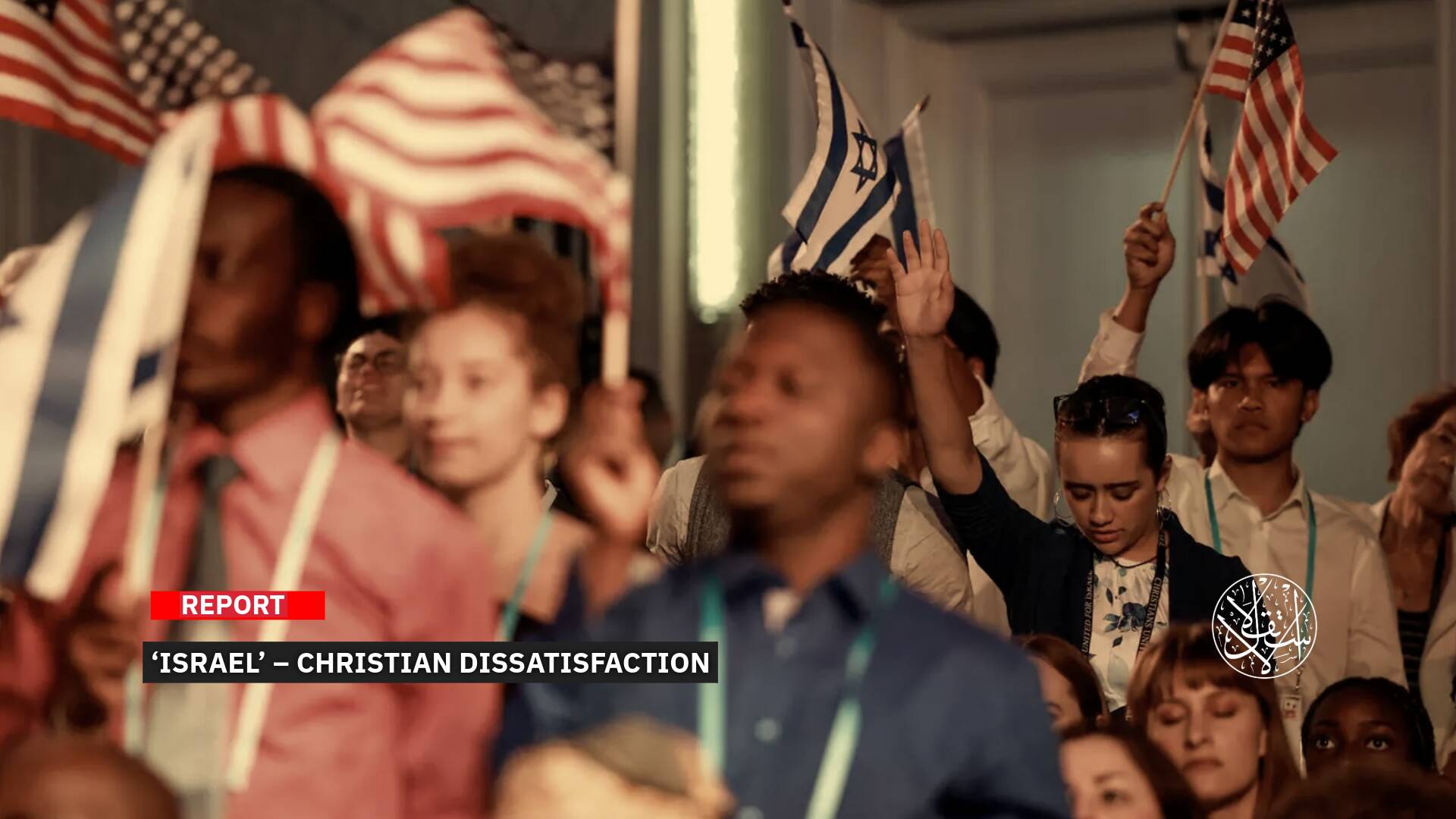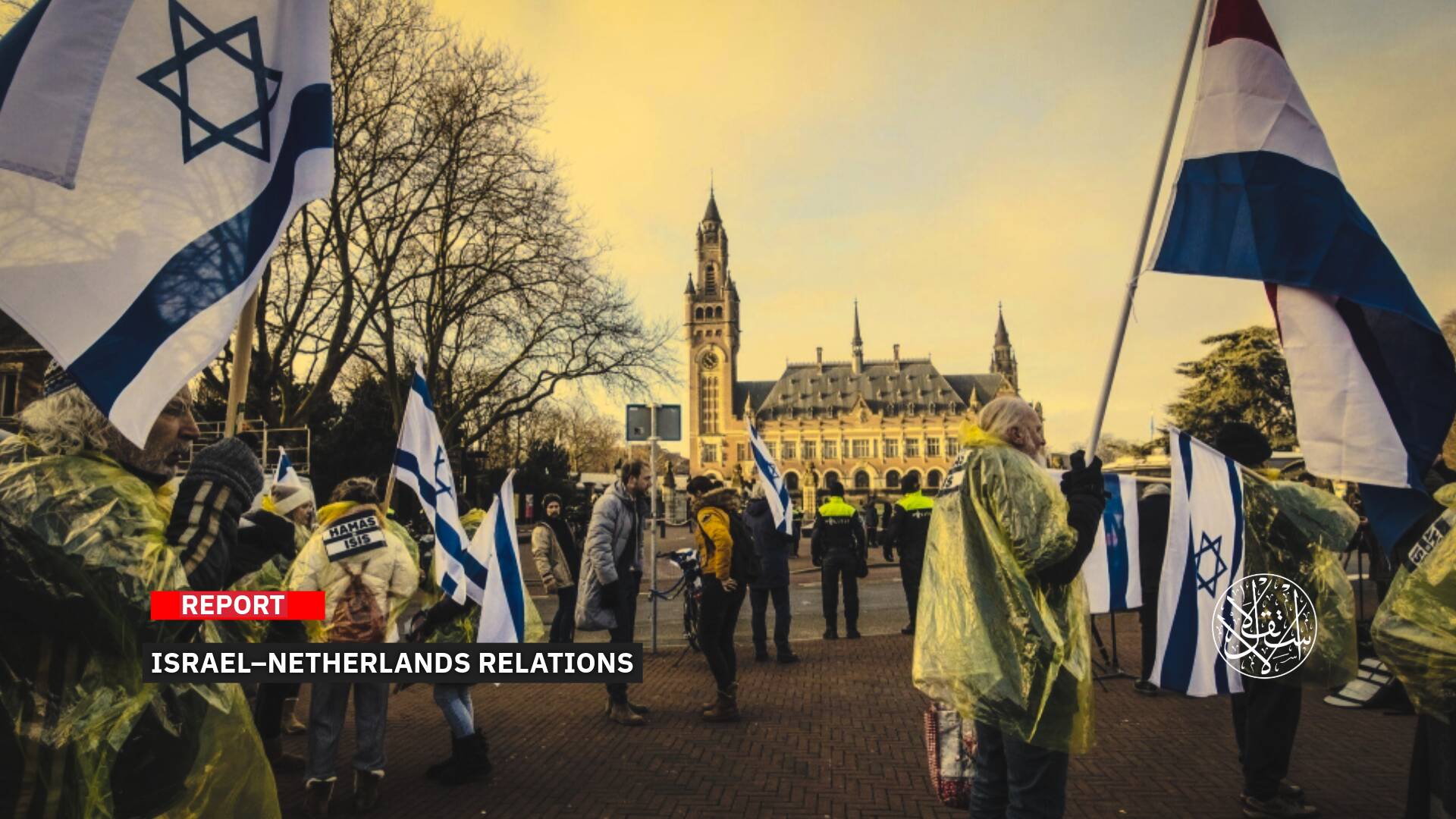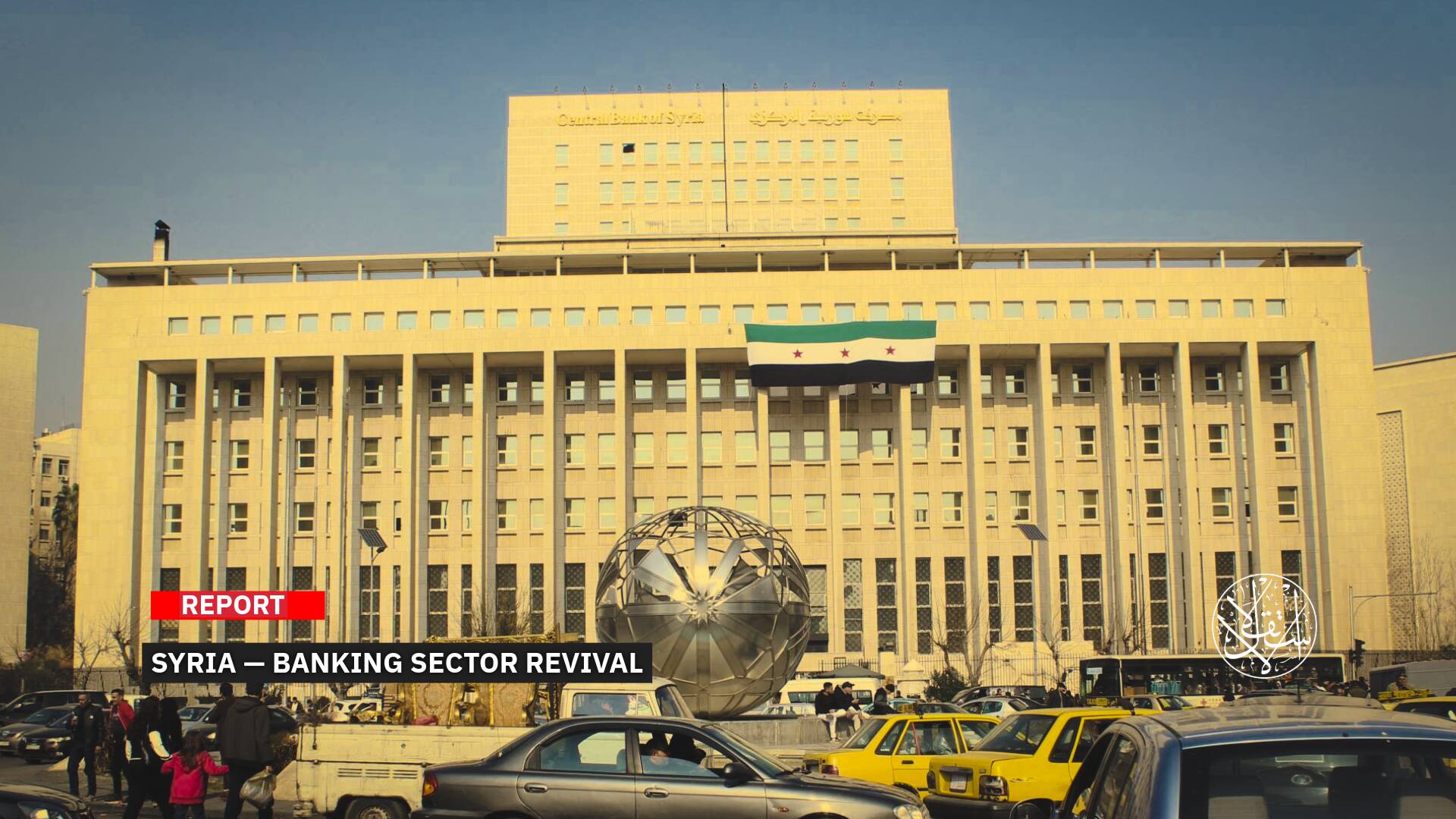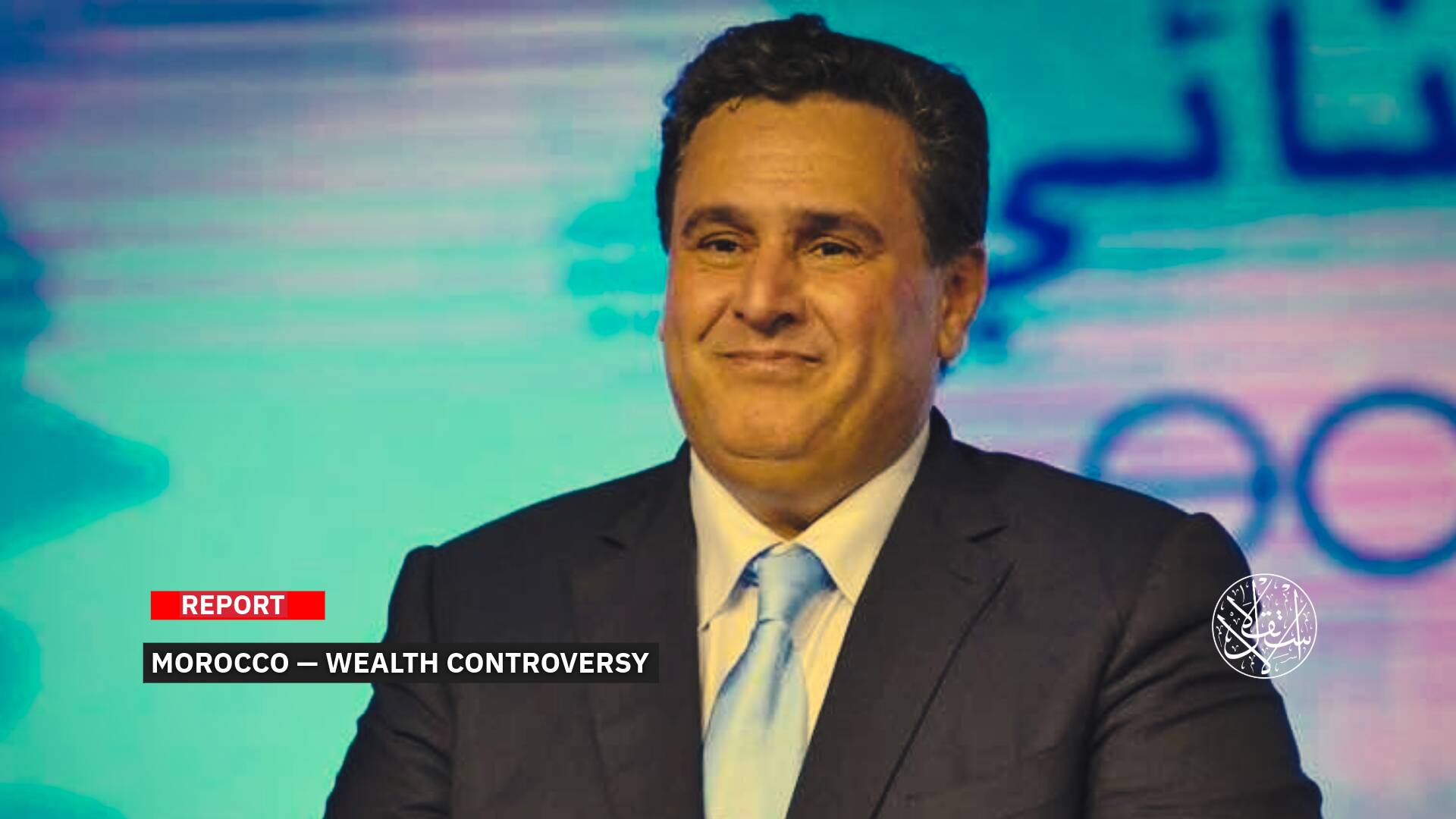In the Footsteps of Hitler and Mussolini, Hindus Worship Modi and Dream of a ‘Greater India'

Following the establishment of an exclusionary and aggressive policy against minorities, especially Muslims, the extremist Indian Prime Minister Narendra Modi has taken steps to strain relations with neighboring countries by displaying a map in the new Indian Parliament that shows India annexing them.
Modi’s government unveiled a massive mural during its inauguration ceremony, depicting an expanded map of India, similar to the Israeli approach, according to The Independent, on June 7, 2023.
Provocative Map
The map includes seven countries: Pakistan, Nepal, Bangladesh, Afghanistan, Maldives, Sri Lanka, and Bhutan.
Modi’s ruling party, Bharatiya Janata Party, embraces the concept of “Greater India,” popularly known as “Akhand Bharat” in Hindi, which has sparked anger among these neighboring countries.
The map of Greater India was close to the one drawn by Zionists on the walls of the Knesset (Israeli Parliament) to depict their alleged territorial boundaries, stretching from the Nile to the Euphrates, encompassing Egypt, Palestine, Jordan, Syria, Lebanon, and parts of Iraq and Saudi Arabia, according to their claim.
Simultaneously, Western newspapers criticized attempts to compare Modi to Adolf Hitler (the leader of Nazi Germany), Benito Mussolini (the founder of fascism in Italy), or Joseph Stalin (the second leader of the former Soviet Union).
In the case of the new map, Modi and his party share similarities with these expansionist oppressive regimes, as they seek to colonize neighboring countries to build a Hindu empire, akin to Hitler and Mussolini’s expansion and colonization of neighboring and regional countries.
The mural displayed in the new Indian Parliament portrays a map of a “Unified India” with seven independent neighboring countries, resembling the ambitions of Hitler’s “Third Reich” or Mussolini’s dream of reviving the glory of the ancient Roman Empire.

The extremist nationalists adopt the concept of Greater India, which seeks expansion at the expense of other countries, commonly known as Akhand Bharat in Hindi.
The determination to colonize other countries was confirmed by Pralhad Joshi, the Minister of Parliamentary Affairs in New Delhi, who tweeted a picture of the mural and said: “The determination is clear…Akhand Bharat,” meaning our goal is “Greater India.”
The Indian Prime Minister inaugurated the new Parliament building on May 28, 2023, ensuring that it incorporates Hindu symbols as part of his vision for Greater India. This aligns with the approach of other right-wing populist leaders, as reported by TIME two days earlier.
In response to the anger of neighboring countries that appeared within “Greater India,” the Modi regime claimed that the mural represents the ancient Maurya empire, symbolizing a period of prosperous rule focused on the people and unrelated to politics.
The spokesperson for the Pakistani Ministry of Foreign Affairs, Mumtaz Zahra Baloch, described the mural as “an example of the distortionist and expansionist mindset that seeks to subjugate the identity and culture of religious minorities in India and not just the neighboring countries.”
The mural has sparked protests in Nepal, Bangladesh, Pakistan, and the Maldives, as well as criticism from other countries depicted in the map, particularly after reports emerged that similar images were displayed in the offices of prominent leaders of the Hindu nationalist party.
A Cult Personality
Indian politics under Modi’s leadership is driven by an extremist nationalist religious ideology adopted by his ruling party, Bharatiya Janata Party (BJP), known as Hindutva.
Hindutva advocates for “India for Hindus only” and has spawned several Hindu militant groups.
As Modi began to reshape India’s historical Islamic identity by demolishing ancient mosques, claiming to revive or restore lost Hindu temples underneath, he unveiled an extraordinary edition of his personality cult.
On November 4, 2022, Indian historian Ramachandra Guha wrote an article in Foreign Policy magazine titled Modi’s Personality Cult Has Replaced India’s Democracy.
Guha shed light on the Hindu plan to transform Modi into a new Hitler, Mussolini, or Stalin, criticizing the extremists in India for worshiping him like they worship cows.
He stated that after a century of Stalin, Hitler, and Mussolini, the world is witnessing the rise of authoritarian leaders in countries with some democratic history. Since 2014, India has been subjected to the complete subjugation of the desires and whims of a single individual, Modi.
Guha explained that the Hindu party and the government fostered a culture of personal worship around Modi, evident in the glorification by the press, sycophantic political leaders, and prominent figures in business, art, and sports in India.
The Indian historian warned of Modi’s pursuit, like previous rulers (Hitler, Mussolini, and Stalin), to present himself as a “savior” of his nation and surround himself with an aura of sanctity, reaching the point of worship.
The article in Foreign Policy highlighted that Modi was raised in the extremist Hindu organization Rashtriya Swayamsevak Sangh (RSS), which embraces Hindutva, believing in the expulsion of Muslims and Christians from the country.
Modi relies on what his predecessors, Hitler and his peers, did to make Hindus worship him by having massive propaganda machinery under his leadership, supported by the resources of his party and government.
Ramachandra Guha previously wrote an article in The Economist on November 8, 2021, about the growth of Modi Worship.
He stated that the Bharatiya Janata Party’s goal in making Indians worship the Prime Minister is to “intimidate minorities.”
He affirmed that they play on the string of “worshiping Modi” by relying on the fact that historically, India has been a land of myths, heroes, and the worship of gods, saints, and warriors—an intrinsic characteristic of Indian culture throughout time.
Eradicating Islam
In the realm of leadership, Modi’s case echoes that of previous dictators who cultivated a cult of personality, projecting themselves as revered figures. Central to his approach is the reliance on armed militias known as the Rashtriya Swayamsevak Sangh (RSS), drawing parallels to the likes of Hitler’s Youth and Mussolini’s Blackshirts.
This observation invites critical examination and prompts comparisons to historical authoritarian regimes, underscoring the complexities of power dynamics in the current political landscape.
As part of the efforts made by Modi and his party to build a Hindu empire resembling Nazism, led by a historical Hindu leader, there is a heightened process of changing the historical Islamic identity of India.
Hindu movements seek to revive or reclaim what they claim to be the “lost temples beneath mosques” through festivals held near them, as well as historical Islamic monuments.
Within the broader context of the revivalist endeavors surrounding the Kumbh Mela festival, marking a profound transformation in right-wing politics and the ideology of Hindutva, Modi and his political party have resuscitated this tradition after its absence for over seven centuries. They have sought to establish a connection between this revival and the purported resurrection of submerged temples beneath mosques.
This intricate narrative raises questions about historical accuracy, religious symbolism, and the political motivations fueling these claims, inviting scrutiny and analysis from various perspectives.

Modi and his extremist party chose the Tribeni locality in Bengal and stated in his speech about the region: “Various historical documents indicate that this area was once a center for the Sanskrit language, education, Indian culture, and a sacred place.”
But the truth is that he chose this location to “revive” the Kumbh Mela festival after 700 years because it is located a few hundred meters away from the shrine and mosque of the Muslim Turkish General Zafar Khan, which was built in the 13th century with the aim of demolishing it.
Modi’s regime repeated the same racist game against Muslim mosques when it claimed to revive ancient Hindu festivals and chose to hold them near mosques that Hindus claim have temples beneath them.
The Hindu plan, which mirrors the Zionist agenda against al-Aqsa Mosque, claims the existence of traces of Hindu temples or statues of Hindu gods beneath some ancient historical mosques, and then calls for Hindu prayers to be held inside them or forcibly demolish them.
This new campaign has fueled the acceptance of Indian courts in recent months, with lawsuits filed by Hindus to pray with their idols inside two historic mosques: the Gyanvapi Mosque in Varanasi and the Shahi Eidgah Mosque in Mathura, northern India.
Since March 2021, Hindus have begun the process of listing three thousand mosques that they claim have Hindu traces or were temples that Muslims converted into mosques, demanding their restoration.
They claimed that these three thousand mosques had temples beneath them and alleged that Muslims destroyed them and built their mosques over their ruins during the Islamic rule of India. They circulated a list of names to demand their reversion to Hindu temples.
This recent development is a significant component of a broader strategy aimed at redefining identity in alignment with the “India for Hindus” policy spearheaded by Modi.
The political agenda heavily emphasizes the glorification of the “purity of the Hindu element” while fostering a climate of hostility towards Muslims.
This approach not only shapes the sociopolitical landscape but also raises critical questions about inclusivity, secularism, and the potential consequences for minority communities within the country.
As this policy unfolds, it sparks debates and discussions regarding the core values and principles that underpin the diverse fabric of Indian society.
Sources
- The Cult of Modi
- Mural of ‘undivided India’ in India’s new parliament building sparks diplomatic row
- Modi... who made India worship him! [Arabic]
- Hindutva, A Tampered Research Paper
- At the Red Fort, Modi Unveils an Extraordinary Edition of His Personality Cult
- India, the world’s largest democracy, is now powered by a cult of personality
- Ramachandra Guha on the growth of the cult of Modi


